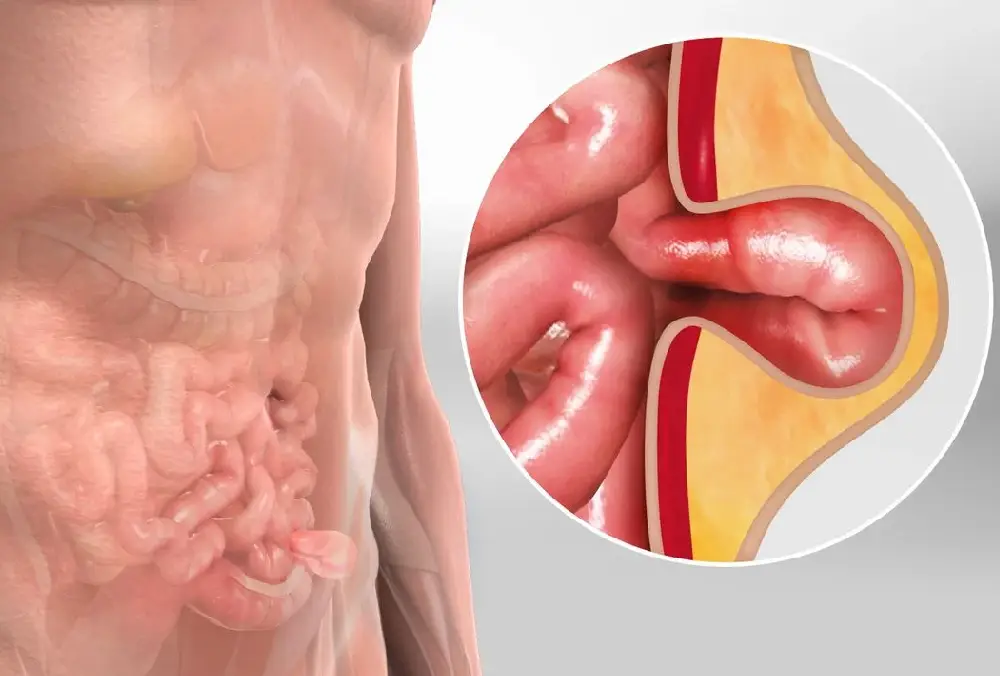Hernia Treatment
Home -> Hernia Treatment

- Hernia Treatment
- Gall Bladder Treatment
- Gastric Reflux Surgery
- Bariatric Treatment
- Piles Treatment
- Anal Fistula
- Irritable Bowel Syndrome
- Reflux
- Endoscopy
- Abdominoplasty
Overview
Treatment for hernias usually consists either surgery or monitoring. Small, asymptomatic hernias may be adequately treated with lifestyle modifications including controlling weight and avoiding excessive lifting, as well as routine surveillance. However, surgery is frequently advised if the hernia results in discomfort or complications. Laparoscopic surgery is a minimally invasive approach with smaller incisions and a faster recovery time than open surgery, which requires a larger incision. Hernia belts can occasionally provide temporary symptom relief. Always seek the advice of a healthcare professional for a customized treatment plan.
What are the types of Hernia ?
Hernias are categorized according to the tissues they affect and where they occur. The primary categories are as follows:
Inguinal Hernia:
When abdominal contents enter the scrotum through the inguinal canal, an indirect inguinal hernia—often congenital—occurs.
A weak spot in the lower abdominal wall causes a direct inguinal hernia, which is frequently brought on by aging and prolonged effort.
Femoral Hernia:
happens as a result of tissue growing through the femoral canal. It is more prevalent in women and may be linked to obesity or pregnancy.
Umbilical Hernia :
occurs when tissue that is close to the umbilicus protrudes through the abdominal wall. Usually seen in babies, although it can also strike adults, especially those who are overweight or pregnant.
Hiatal Hernia:
happens when the stomach pushes through the diaphragm in part. Gastroesophageal reflux disease (GERD) may result from this kind.
-The stomach and esophagus slide up through the diaphragm in a sliding hiatal hernia.
-A portion of the stomach pushes through the diaphragm next to the esophagus in a condition known as a paraesophageal hiatal hernia, which can lead to more serious consequences.
Incisional Hernia:
happens when tissue pokes through an abdominal wall incision site where surgery was previously performed. It may appear months or years following the initial procedure.
When abdominal contents enter the scrotum through the inguinal canal, an indirect inguinal hernia—often congenital—occurs.
A weak spot in the lower abdominal wall causes a direct inguinal hernia, which is frequently brought on by aging and prolonged effort.
happens as a result of tissue growing through the femoral canal. It is more prevalent in women and may be linked to obesity or pregnancy.
occurs when tissue that is close to the umbilicus protrudes through the abdominal wall. Usually seen in babies, although it can also strike adults, especially those who are overweight or pregnant.
happens when the stomach pushes through the diaphragm in part. Gastroesophageal reflux disease (GERD) may result from this kind.
-The stomach and esophagus slide up through the diaphragm in a sliding hiatal hernia.
-A portion of the stomach pushes through the diaphragm next to the esophagus in a condition known as a paraesophageal hiatal hernia, which can lead to more serious consequences.
happens when tissue pokes through an abdominal wall incision site where surgery was previously performed. It may appear months or years following the initial procedure.
Symptoms
The following is a detailed list of hernia symptoms:
Visible Bulge
Pain or Discomfort
Burning or Aching Sensation
Swelling
Feeling of Fullness
Nausea and Vomiting
Redness or Tenderness
Worsening Symptoms
